Investment Psychology Explained: Classic Strategies to Beat the Markets
$22.35
| Author(s) | |
|---|---|
| Format |
|
| Pages |
270 |
| Publication Year |
1993 |
In Investment Psychology Explained Martin J. Pring, one of the most respected independent investment advisors in the world, argues that in the revisionist ’90s there are no quick, magical paths to market success. Rather, he emphasizes the timeless values of hard work, patience, and self-discipline-and much more. Reading this book will give you a renewed appreciation of the classic trading principles that, through bull and bear markets, have worked time and again. You’ll see, with the help of numerous illustrative examples, what goes into making an effective investor-and how you can work toward achieving that successful profile.
Introduction:
Many legendary investment role models have likened trading and investing in the markets to other forms of business endeavor. As such, it should be treated äs an enterprise that is slowly and steadily built up through hard work and careful planning and not äs a rapid road to easy riches.
People make investment decisions involving thousands of dollars on a whim or on a simple comment from a friend, associate, or broker. Yet, when choosing an item for the house, where far less money is at stake, the same people may reach a decision only after great deliberation and consideration. This fact, äs much äs any, suggests that market prices are determined more by emotion than reasoned judgment. You can help an emotionally disturbed person only if you yourself are relatively stable, and dealing with an emotionally driven market is no different. If you react to news in the same way äs everyone eise, you are doomed to fall into the same traps, but if you can rise above the crowd, suppressing your own emotional instincts by following a carefully laid out investment plan, you are much more likely to succeed. In that respect, this book can point you in the right direction. Your own performance, however, will depend on the degree of commitment you bring to applying the principles you find here.
At this point, clarif ication of some important matters seems appropriate. Throughout the book, I have referred to traders and Investors with the male pronoun. This is not in any way intended to disparage the valuable and expanding contribution of women to the investment community but merely to avoid “he or she” constructions and other clumsy references. In the following chapters, the terms “market” or “markets” refer to any market in which the price is determined by freely motivated buyers and sellers. Most of the time, my comments refer to individual Stocks and the stock market itself. However, the principles apply equally, regardless of whether the product or specific market is bonds, commodities, or Stocks.
All markets essentially reflect the attitude and expectations of market participants in response to the emerging financial and economic environment. People tend to be universally greedy when they think the price will rise, whether they are buying gold, cotton, deutsche marks, Stocks, or bonds. Conversely, their we also know that this is far easier said than done. We will examine why this is so, and we will learn when contrary opinion can be profitable and how to recognize when to “go contrary.”
Part III examines the attributes of successful traders and investors, the super money-makers—what sets them apart from the rest of us and what rules they follow. This Part also incorporates many of the points made earlier to help you set up a plan and follow it successfully. To solidify and emphasize the key rules and principles followed by leading speculators and traders in the past hundred years or so, I have compiled those guidelines followed by eminent individuals. While each set of rules is unique, you will see that a common thread r uns through all of them. This theme may be summarized äs follows: Adopt a methodology, master your emotions, think independently, establish and follow a plan, and continually review your progress. This recurring pattern did not occur by chance but emerged because these individuals discovered that it works. I hope that it can work for you äs well. All that is needed is your commitment to carry it out.
Contents:
- There Is No Holy Grau
- How to Be Objective
- Independent Thinking
- Pride Goes Before a Loss
- Patience Is a Profitable Virtuc
- Staying the Course
- A New Look at Contrary Opinion
- When to Go Contrary
- How to Profit from Newsbreaks
- Dealing with Brokers and Money Managers the Smart Way
- What Makes a Great Trader or Investor?
- Nineteen Trading Rules for Greater Profits
- Making a Plan and Sticking to It
- Classic Trading Rules
Investment Psychology Explained: Classic Strategies to Beat the Markets By Martin J. Pring pdf
20 reviews for Investment Psychology Explained: Classic Strategies to Beat the Markets
Clear filtersOnly logged in customers who have purchased this product may leave a review.

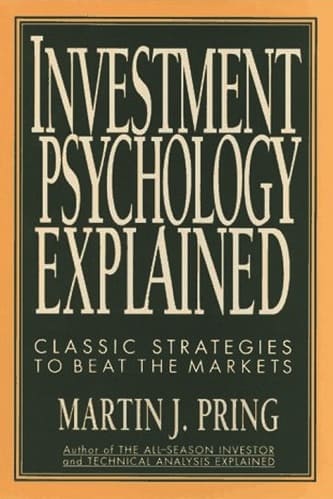
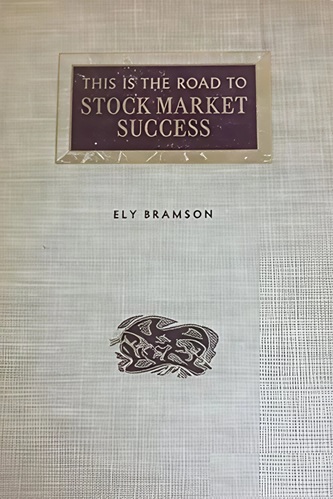
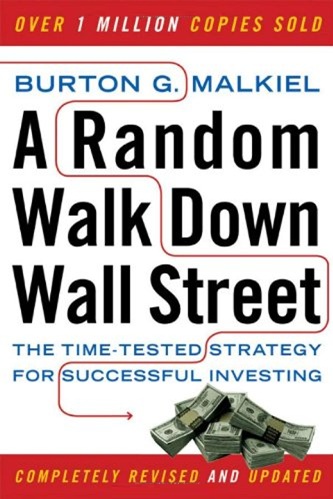

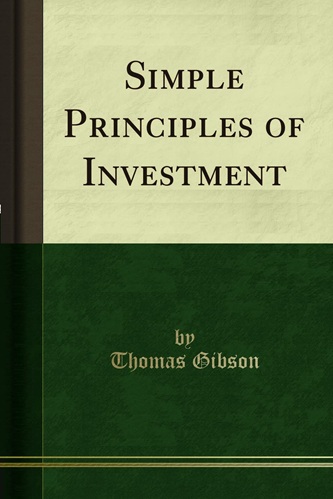

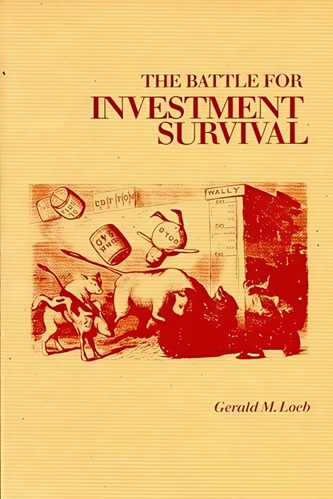
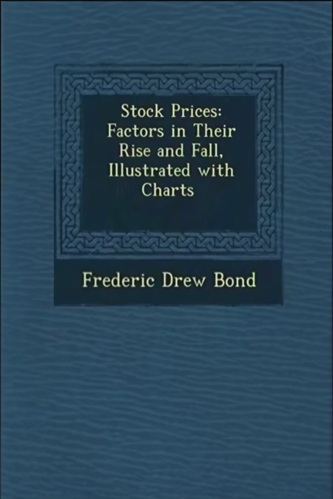
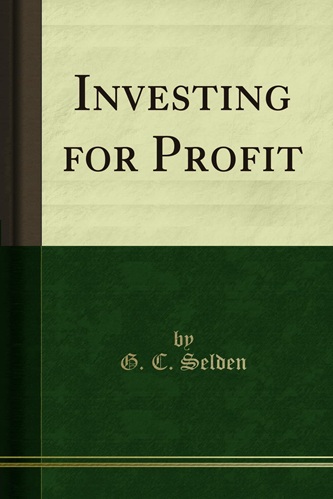
Brandon Powell (verified owner) –
This book was required reading for a course I am taking, so maybe I remembered how I felt when I had to read “Silas Marner” in high school english. I found the book contained valid points about the psychology of trading which would be helpful to someone who was just entering the world of trading, but it seemed very dry reading to me, and repetitive. Much of it was rules for trading taken from other peoples books, and after awhile you got the feeling that you had just finished reading these rules, several times. I am currently reading “The Mind of a Trader” by Alpesh Patel, which is a similar type book (and also required reading), but somehow more readable.
Irene Perry (verified owner) –
I had read over a hundred trading books by far and written many reviews here on sacred traders. This is the first time I used the term “book of books” to tell how far an author had tried to incorporate the trading ideas/concepts/rules of other gurus into his book. I dont mean that this book is simply a product of copy and paste. I believe the author had the good intention of covering as many “classic” strategies as possible to deliver the promise of the book title to his readers. In my opinion, most of the essential trading psychology concepts had been there.
This book is divided into three main parts. The first one tries to break popular trading misconceptions/errors with topics like no holy grail, myth of expert, marketitis (overtrading), tickeritis (too close to a quote screen), price-news drug effect (too easy access to prices, news and analyses), damage from tips or rumors, cult of guru, greener pastures effect (survival bias of industry funds), pride of opinion, specific difficulties facing successful businessmen and so on. The second part is about contrary opinion. Historical big crashes are discussed, as well as means to avoid or even profit from them. The third part is primarily rules and regulations of legends like Warren Buffet, John Templeton, Paul Tudor Jones, Bernard Baruch, W.D. Gann etc, and those developed by the author himself.
I agree with some reviewers that the author’s writing is quite dry. To me, that’s acceptable because it’s not easy to elaborate with vivid words and stories, or the book will be far more than 265 pages. It would be eye opening for those who had read less than three trading psychology books. For serious trader readers, this book is still satisfying with the opportunities provided for the traders’ own health check. Not a must, but certainly a valuable asset in one’s own trading library.
Warning: Though my comment above is quite positive, please take this as a reference book only before you completely understand yourself and your best trading style. Otherwise, the third part of the book may lead you to become a Jack of all trades and thus meat for your fellow traders/investors.
Caspian Douglas (verified owner) –
This book utilizes the historical events of various markets (mostly the US stock market) to explain various behaviours of market participants. The information is concise and each chapter deliver its points clearly. Part 3 of the book even list the trading rules of various well known authors/traders so that the readers can feel the importance of discipline as these well known individuals have to list a set of rules to remind themselves what not to do.
One thing I do not like are quoted results from research on trader psychology. The conclusions mentioned do not really sound very scientific nor making any sense. e.g. only “successful” traders are studied and conclusion is made without mentioning any similar study to prove such quality do not exist on “unsucessful” traders.
Overall, this is a good read for someone who already have experience in trading the market and would like to start learning something about the psychology aspect of trading. It will not be useful at all for a beginner who has not experience the emotional ups and downs related to trading, as the beginner is not likely to be able to connect with the content at all.
Vivian Schultz (verified owner) –
A serious trader or investor can never dismiss this book. It’s a must read considering there are not very many investment psychology books written with a comprehensive coverage. And if you know Pring’s background and have read more of his books, you will understand this work better. He has done a good work in nailing the points of Investment psychology specially by dedicating a section on “Knowing yourself”. Easily one of the best books written on the subjet. One reading is not enough if you want to really get “IT”.
Jaxton Day (verified owner) –
I knew him through IFTA annual conferences in the last two year. Mr. Pring is gentleman with great passion to share his long experience and knowledge with others in setting during breaks and after conference hours. Passion that makes you feels like you are listening to a music concert you do not want it ever to end. So you can imagine what his books content would be. I have read his books on 1) Technical Analysis Explained and, 2) Introduction to Technical Analysis: A CD-ROM Seminar and Workbook and keep them handy references all the time. A lot of books written for financial markets’ technical analysis have great contents, but most are difficult to grasp by beginners. What set Mr. Pring in the top of others is not just the contents, but the beauty of his writting simplicity which makes his books easy to understand by beginners in the financial markets. In his book Investment Psychology Explained start with the following short paragraph that get you hooked to read the rest of the book, and I will:
“For most of us, the task of beating the market is not difficult; it is the job of beating ourselves that proves to be overwhelming”, etc.
Scarlette Roach (verified owner) –
This book is divided into three parts: Individual Psychology, Crowd Psycholoy, and Trading Rules.
Perhaps it is because I’ve not read about Contrary Opinion, I find this section enlightening. It is to be used in conjunction with TA and conventional valuation methods. If some of the points could be enumerated in Arabic symbols 1,2,3…, they would be clearer.
The strength of a retail investor is flexibility. Sticking to the Trading Rules religiously like the Constitution doesn’t appeal to me.
Aila Hayden (verified owner) –
This book as the title suggests rightly attacks the psychology of a trader. It points out what all challenges comes in the life of a trader & contrasts the usual trading approach that amateurs take with the actual right approach to tackle them. It has convincingly established that just controlling our moods, attitudes & actions towards investing can save us from loosing much or all of our money, which most people do in real life, & in turn we can make profits.
I have myself made a lot of mistakes while trading & found all of these in this book as an example, then got embarrassed of why not reading this book earlier. I strongly recommend that every trader should read this book thoroughly.
Avery Keller (verified owner) –
A good book, covers the collective mind aspects of the crowds which is a must for either a day trader swing trader or a position trader. If you read it carefully you will “get your money back” and much more.
Allen Jackson (verified owner) –
It’s amazing that investors can get the collective wisdom of so many seasoned money managers for so little of a cost. Any one of bits of wisdom demonstrated in this book would make your investment results much better. I have been investing for many years and this is the kind of book that needs to be reread every few years to keep you focused on the true value of the advice. It’s funny, this book is a bit old and you do realize that the advice is universal and the game of investing never really changes.
Aviana Mason (verified owner) –
A great book and an easy read. Was required for the second CMT exam and is definitely a keeper. Highly recommend
Hayden Fischer (verified owner) –
Great book, easy to read. In the past I’ve read other books on the subject, e.g. The Art of the Contrary Opinion, etc.
Mr. Pring takes a lot of those “older” books and rewrites them in modern English language.
I especially enjoyed the chapters on market crazes, manias and bubble. A great history lesson showing how history always repeats.
Aniyah Anthony (verified owner) –
Very nicely explained…Thanks Pring
Jasmine Mullins (verified owner) –
Very good book, wish I had read it sooner.
Waylon Farmer (verified owner) –
Wisdom from the ages. Highlights numerous successful traders and investors over the years. Worth the read if you are looking to understand market psychology and your own, better.
Cody Harrison (verified owner) –
A must read for every investor- amateur, passive or ambitious.
Leonidas Cobb (verified owner) –
The market coloration explained
Leroy Combs (verified owner) –
Was not exactly what I expected, thought there would be more substance to the book.
Nico Hickman (verified owner) –
Good insight and thoughts
Madelynn Warner (verified owner) –
Excellent book! Helped me understand where I was letting myself become undisciplined in my trading. Now I am doing much better with controlling my emotions and following my rules.
Shiloh Steele (verified owner) –
It is worth the $$$